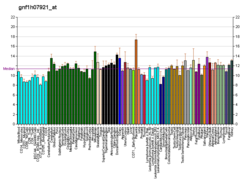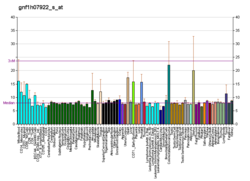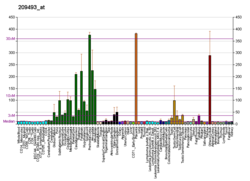| PDZD2 | |||||||||||||||||||||||||||||||||||||||||||||||||||
|---|---|---|---|---|---|---|---|---|---|---|---|---|---|---|---|---|---|---|---|---|---|---|---|---|---|---|---|---|---|---|---|---|---|---|---|---|---|---|---|---|---|---|---|---|---|---|---|---|---|---|---|
| Identifiers | |||||||||||||||||||||||||||||||||||||||||||||||||||
| Aliases | PDZD2 , AIPC, PAPIN, PDZK3, PIN1, PDZ domain containing 2 | ||||||||||||||||||||||||||||||||||||||||||||||||||
| External IDs | OMIM: 610697; MGI: 1922394; HomoloGene: 23393; GeneCards: PDZD2; OMA:PDZD2 - orthologs | ||||||||||||||||||||||||||||||||||||||||||||||||||
| |||||||||||||||||||||||||||||||||||||||||||||||||||
| |||||||||||||||||||||||||||||||||||||||||||||||||||
| |||||||||||||||||||||||||||||||||||||||||||||||||||
| |||||||||||||||||||||||||||||||||||||||||||||||||||
| Wikidata | |||||||||||||||||||||||||||||||||||||||||||||||||||
| |||||||||||||||||||||||||||||||||||||||||||||||||||
PDZ domain-containing protein 2 is a protein that in humans is encoded by the PDZD2 gene. [5] [6]






